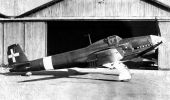
breda Ba.201796 viewsSingle-seat dive bomber. The Ba.201 was a clean low-wing monoplane with an inverted gull wing. It was highly praised by test pilots, except for a disappointing maximum speed. But all available Daimler-Benz DB 601 engines were to be used for fighters, and the Ba.201 was abandoned. Two built. Oct 02, 2004
|
|
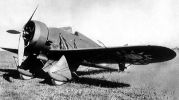
Breda Ba.27708 viewsLow-wing fighter monoplane, with struts and bracing wires, an open cockpit and fixed landing gear. The original mixed construction version was unsatisfactory. It was completely redesigned with an all-metal construction. It was still rejected by the Italian air force, but 11 were built for China. Oct 02, 2004
|
|
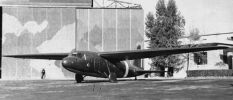
AL12P1131 viewsOct 02, 2004
|
|
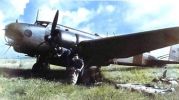
FIAT BR.20 "Cicogna"583 viewsThe Fiat BR.20 Cicogna was the standard Italian bomber of the mid to late 1930's, but it proved to be already obsolete during the French campaign during Italy's entry into World War Two. This bomber was first proposed by Celestino Rosatelli , who envisioned a standardized bomber, in 1934. The two engine BR.20 was first flown on 10 February 1936 at Torino Alitalia and the first 20 units were delivered on 26 November 1937.
Although the aircraft looked realtively sleek and modern, it was already outclassed by other competitors. Nevertheless, a total of 234 BR.20's, 279 BR.20M's and 15 BR.20Bis were built. The BR.20M (Modified) and the BR.20Bis were unique to the original in the change of nose section and engines. These aircrafts were operated in Malta, Battle of Britain, Yugoslavia and the Balkans.
Oct 02, 2004
|
|
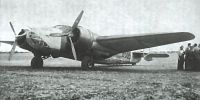
Caproni Ca 135773 viewsThe prototype made its first flight in 4/35 powered by two 800 hp Isotta-Fraschini Asso XI RC Vee engines and driving a wooden two-bladed propeller. The propeller was soon exchanged for a three-bladed metal propeller subsequently accepted for all production versions. The Italian air force felt the Ca.135 had potential and in 1936 ordered 14 examples of the Ca.135 Tipo Spagna (Spanish model), presumably as it was intended to undertake an operational evaluation in the Spanish Civil War. However, none of the aircraft served with the Italian air force in Spain. Trials revealed that the Fiat engines were unreliable and failed to improve performance as significantly as the Piaggio engines, so the few Fiat powered bombers were withdrawn from front-line service and transferred to bomber schools. Thus production of the Ca.135/P.XI was undertaken for a sole export customer, which was the Hungarian air force that received 100 of the type in 1939 and 1940. These aircraft operated with limited success against the Soviets.Jun 16, 2004
|
|
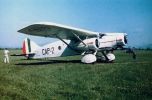
Caproni Ca 133902 viewsThe Ca 133 was modernised version of the Ca 101, cleaned up aerodynamically and given improved engines in an attempt to prolong the type's career as an 16 passenger airliner and second line or "colonial" bomber and transport. Bomber aircraft deployed as military transports, with an interior fitted out to accommodate 18 fully equipped troops, were redesignated Ca i33T and, similarly, conversions for use in an ambulance role were designated Ca 133S. In 1938 a small number of an improved version of the Ca 133 was introduced under the designation Ca 148, serving initially in East Africa, and some survived to fly with the post-war Italian air force.Jun 16, 2004
|
|
|
|